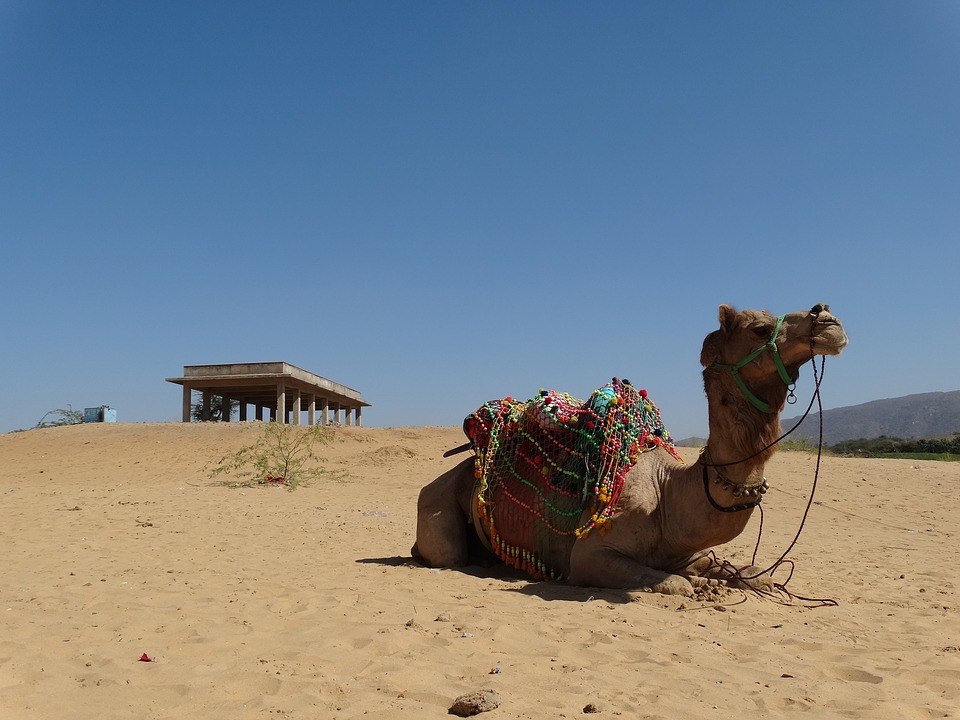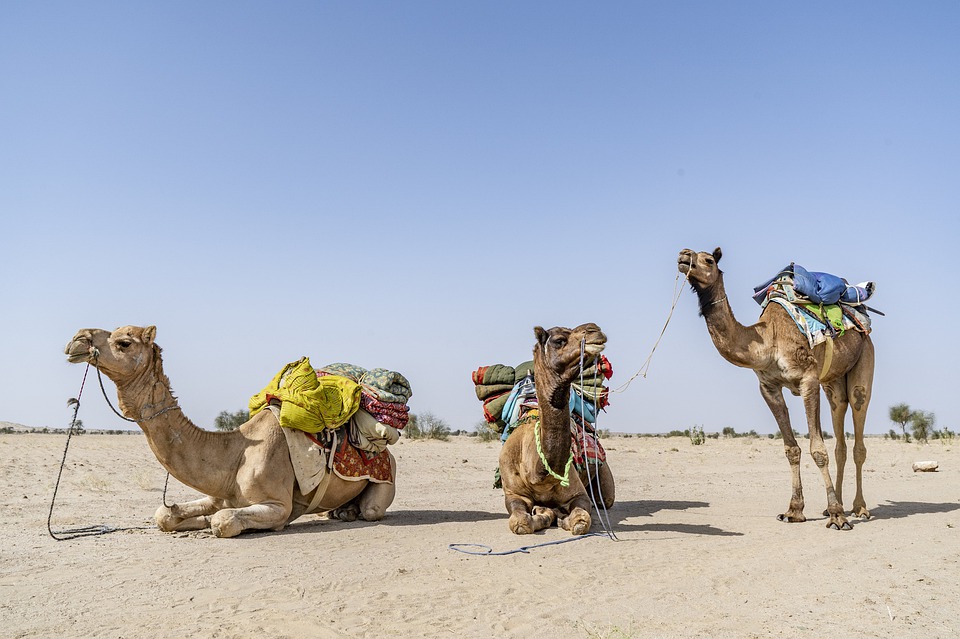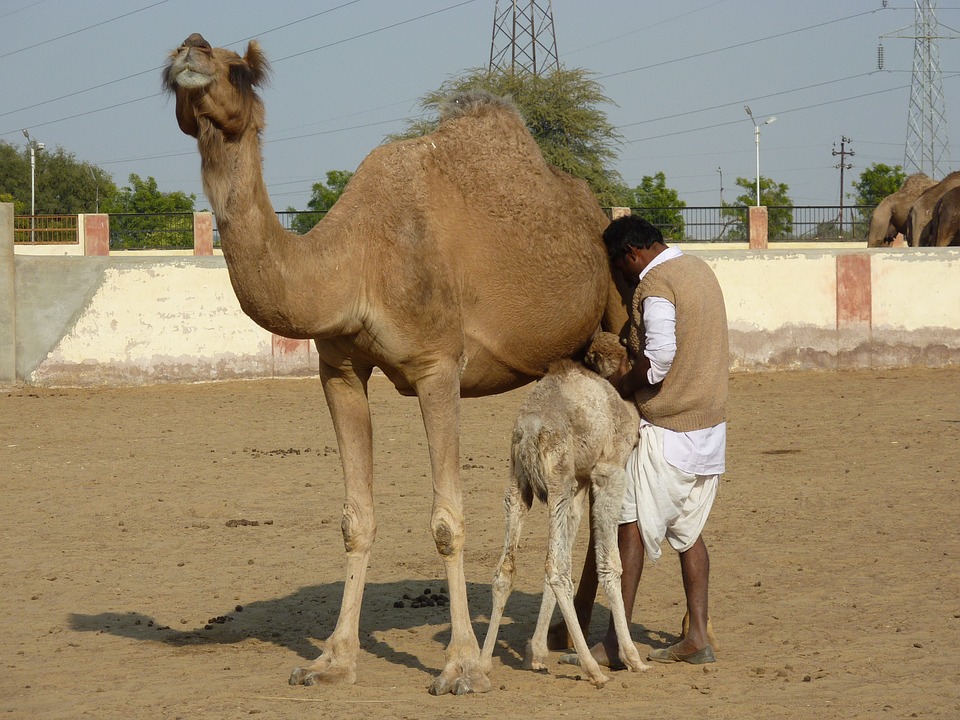Lockdown woes: Many camels in Rajasthan are succumbing to a contagious skin disease
Owing to the nationwide lockdown, treatment could not be provided to these camels suffering from the infection. It's a big blow to camel farmers who were already suffering because of the lockdown

Camel Mange, a contagious skin disease in camels, has spread across many districts in Rajasthan. Many camels have succumbed to the disease. Owing to the nationwide lockdown, treatment could not be provided to these camels suffering from the infection.
Sumer Singh Bhatti, who lives in Sawanta village in Jaisalmer of Rajasthan, has 400 camels. Sumer also runs a campaign under Shri Degrai Ushtra Sangrakshan Evam Doodh Vipanan Seva Samiti to conserve camels. He said: “I had more than 170 camels, all of them have contracted to the disease. Around 15 camel cows have succumbed to this disease. This has also spread to the camels living nearby”
This disease is known as Sarcoptic mange, locally called as khaaj, is caused by sarcoptes scabiei mite, which is spread by the flies. It is highly contagious and spreads very quickly from infected animals to others. It majorly affects belly, tail and thigh areas of a camel. It causes hair loss and scub formation. Because of the constant itchiness, animals tend to rub their body furiously against some wall or tree, and they get wounded.

The disease also abridges milk production among these camels.
Sumer Singh, who also runs a dairy of camel milk, said: “Due to this disease, the camel cows have decreased their milk yield. Earlier, each cow would produce seven litres of milk, however, now they only produce four litres of milk. This is causing losses to the camel farmers.”
There are more than 40,000 camels in Jaisalmer. Farmers are trying to use traditional remedies to cure the disease, but, there is no improvement in the condition of the animals.
This disease has also spread across Jaisalmer’s Karda, Pochina, Masooria, Lunar, Gunjangarh, Binjraj Ka Tala, Sam, Khaba, Mithrau and Barmer’s Sundara, Panchala, Kerla, Rohini, Samad Ka Paar, Jaisindhar, Akali, Tamlorh and Munabav regions.
Rajasthan has the highest number of camels in India. In the past few years, their number has been decreasing continuously due to poaching, and sickness. According to the 20th livestock census, there are 2,51,956 camels in India. However, according to the 19th livestock census, there were 4,00,274 camels, of this, there were 3,25,713 camels in Rajasthan. This count has decreased to 2,12,739 in the 20th livestock census.

Talking about the treatment, Bhati said: “In order to treat this infection, a vaccine is given to the camels but because of the lockdown, the vaccine was not available. At this time, the government hospitals neither have doctors nor vaccines.”
Although the Rajasthan government has declared camel as the state animal, the government has stopped giving Rs 10,000 that were given under the camel development scheme to the camel farmers. “I have not received that money since November. If I had this money, it would have helped me in treating the camels,” said Sumer.
With an aim to save the camels of Rajasthan, the Camel Development Scheme was launched in 2016. Under the scheme, Rs 10,000 were to be given by the government in three installments for keeping and nurturing camel calves after their birth. The budget of the scheme was estimated to be Rs 3.13 crore for a period of over four years. A farmer was liable to get Rs 4,000 when a Todaria (camel calf) was born, Rs 3,000 when the calf turns nine-months-old, Rs 4,000 when it becomes 18-months-old.

For three years, the Rashtriya Krishi Vikas Yojana of the central government had been providing funds to the Camel Development scheme. However, this scheme was stopped by the central government, recently.
In such a scenario, when these farmers have been suffering losses because of the mange disease in camels, they were also facing the cash cruch because of the COVID outbreak.
Dr Vinod Kumar Kalra, Joint Director, Department of Animal Husbandry, Jaisalmer, said: “We have surveyed four-five villages. We have to identify the type of disease because this diseases is of two types. We have to look at the type of itching and its cause. One of the disease is caused by the parasite and the other by a fungus. No one from the department is working in the villages that have reported the outbreak of mange disease. But we are working to bring the situation under control. If there is a fungal infection, we would be treating them with the medicines accordingly. But if it is because of the parasite, we would be treating them using sprays.”

